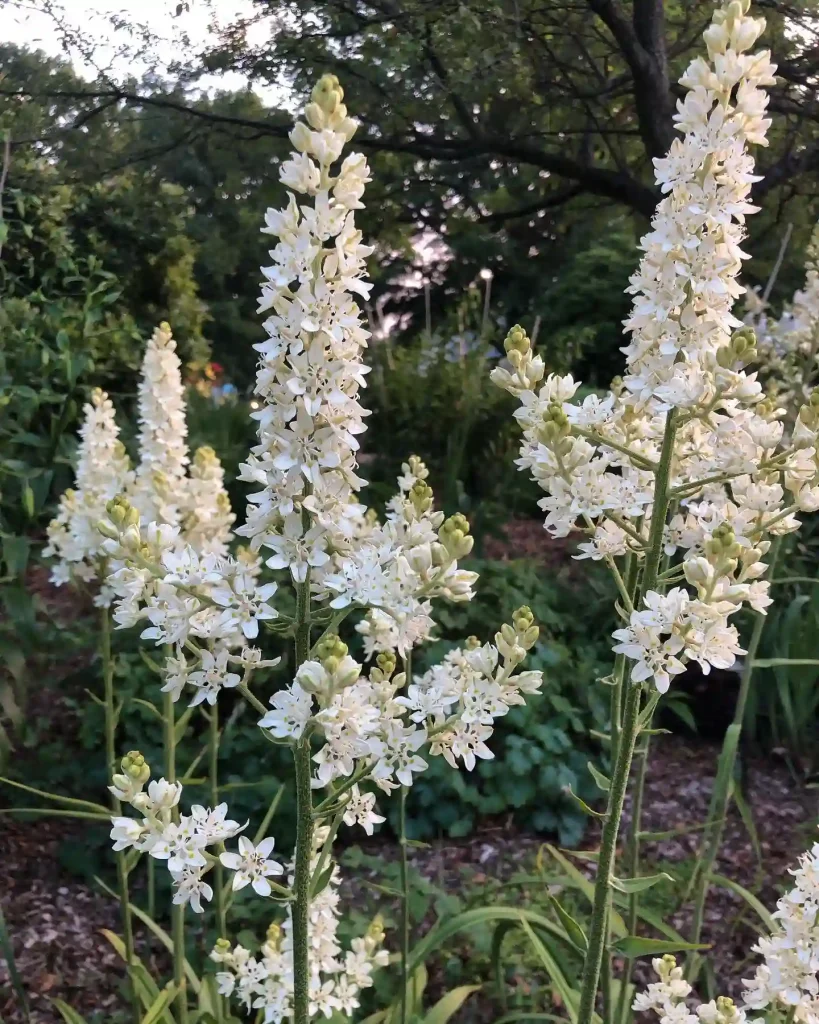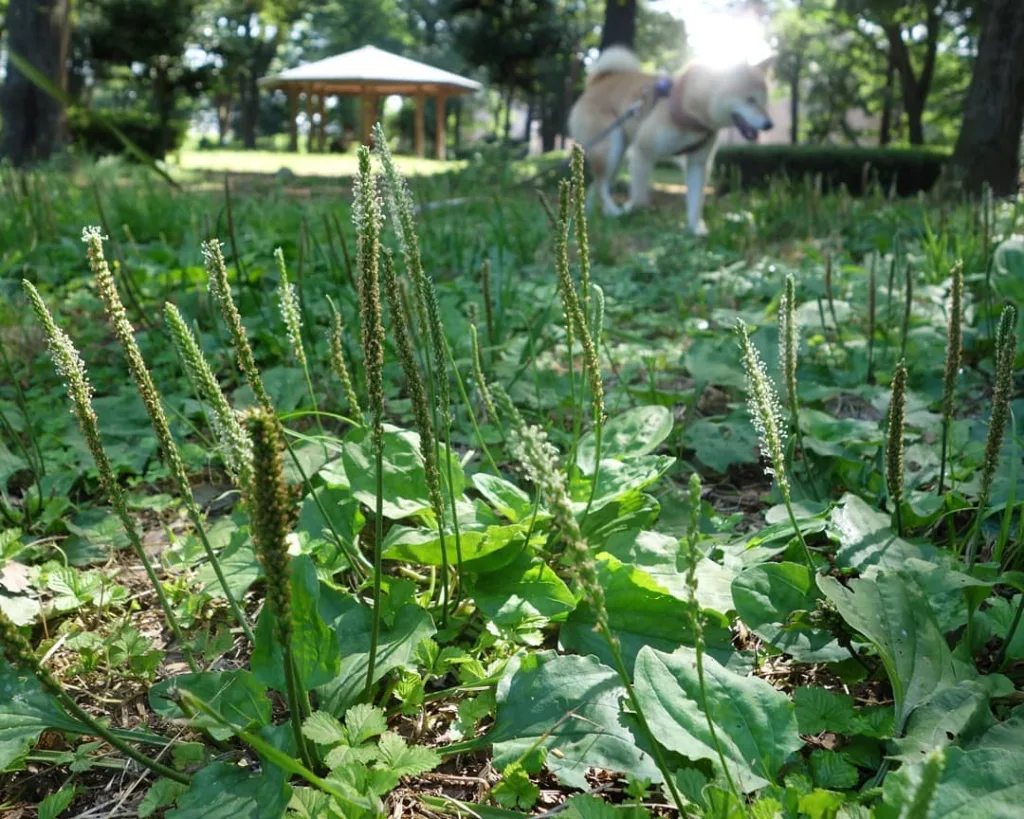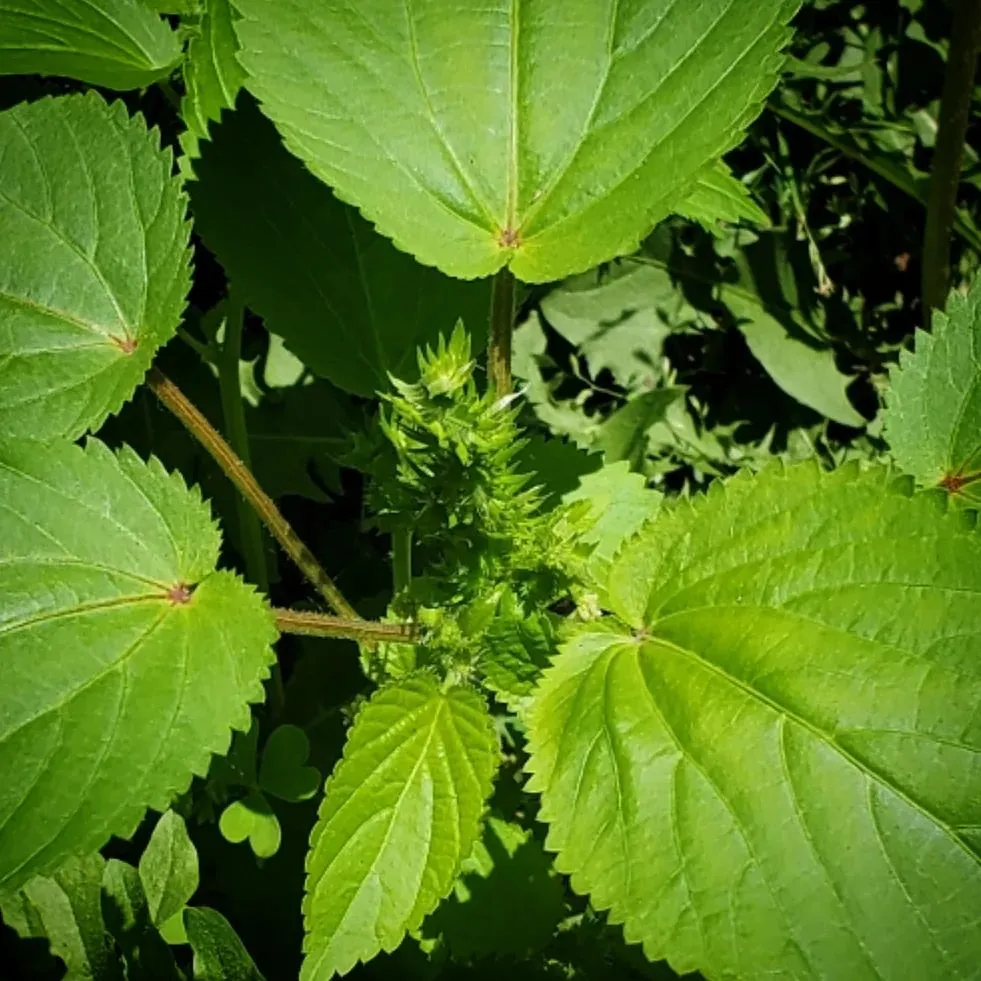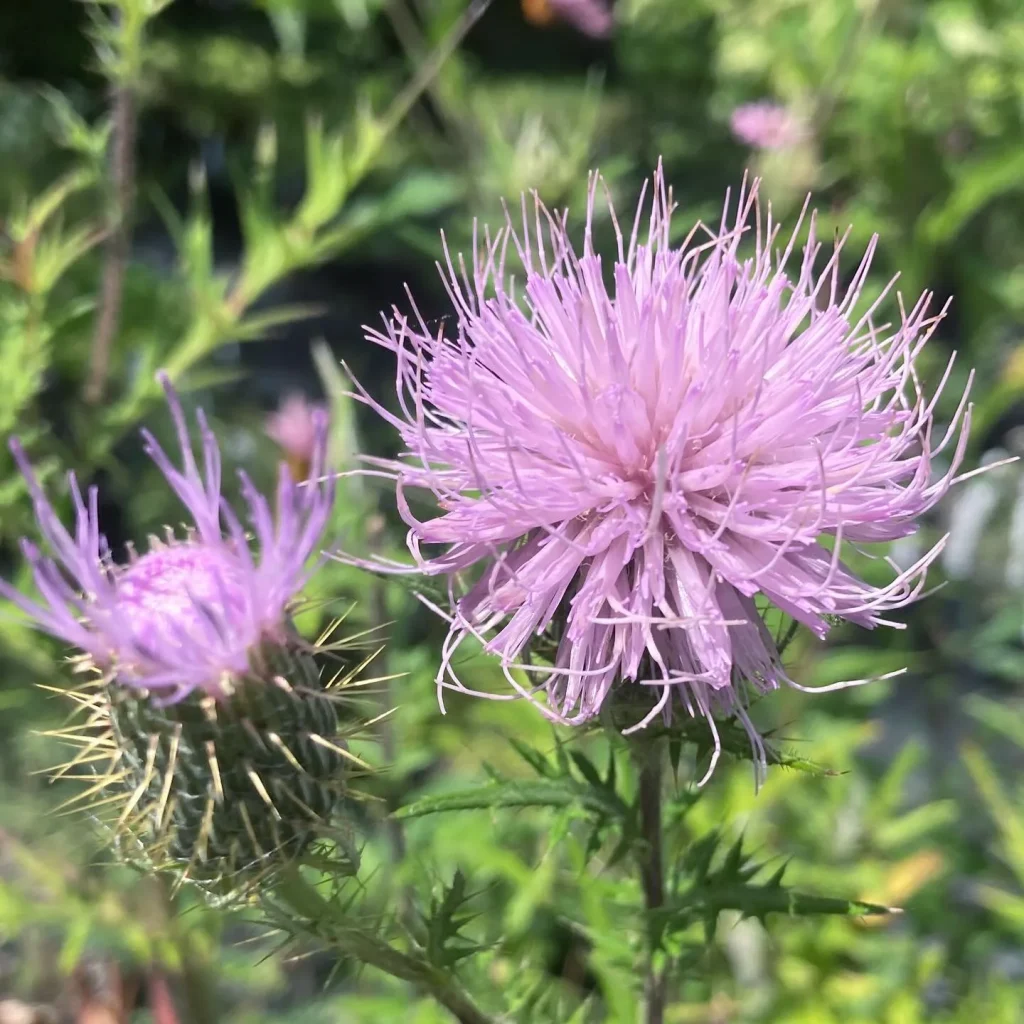Unveiling the Podocarpaceae: My Journey into an Ancient Plant Family
As a plant enthusiast, I’m constantly drawn to the unique and fascinating world of botany. Recently, my curiosity led me to delve deeper into the Podocarpaceae family, a group of coniferous plants with a rich history and diverse characteristics. Join me as I share my discoveries and insights about this remarkable family.
Podocarpaceae: A Glimpse into the Past
The Podocarpaceae family is an ancient lineage of conifers, with fossil records dating back to the Triassic period, over 200 million years ago. They are primarily found in the Southern Hemisphere, with a concentration in Australasia, South America, and Southern Africa. Some species also extend into the Northern Hemisphere, reaching as far as Mexico and the Caribbean. This wide distribution across diverse habitats showcases their adaptability and resilience.
Distinctive Features of Podocarpaceae
Podocarpaceae plants exhibit several distinctive features that set them apart from other conifers. Their leaves range from small and scale-like to large and needle-like, often with a waxy coating that helps reduce water loss. Their reproductive structures, known as cones, are highly modified, sometimes resembling fleshy berries or drupes. This unique feature aids in seed dispersal by attracting birds and other animals.
A Diverse Array of Genera
The Podocarpaceae family encompasses a wide range of genera, each with its unique characteristics and ecological roles:
- Podocarpus: The largest genus in the family, Podocarpus comprises over 100 species of evergreen trees and shrubs. They are widely distributed across the Southern Hemisphere and are valued for their timber, ornamental foliage, and ecological importance. – 117 Species in Genus Podocarpus
- Dacrydium: This genus includes around 20 species of evergreen trees and shrubs, primarily found in Australasia and Southeast Asia. They are known for their distinctive, often cupressoid foliage and their role in rainforest ecosystems.
- Phyllocladus: This unique genus comprises five species of evergreen trees and shrubs native to Australasia. They are characterized by their flattened, leaf-like cladodes, which perform photosynthesis instead of true leaves.
- Prumnopitys: This genus includes around 10 species of evergreen trees, primarily found in South America and New Zealand. They are known for their fleshy cones, which resemble plums or olives, and their ecological importance in temperate rainforests.
- Afrocarpus: This genus comprises six species of evergreen trees native to Africa. They are known for their large, fleshy cones and their role in providing food and shelter for wildlife.
- Acmopyle: A genus of evergreen trees found in New Caledonia and Fiji, characterized by their flattened leaves and distinctive cone structures.
- Dacrycarpus: A genus of evergreen trees distributed across Southeast Asia, Australasia, and the Pacific Islands, recognized for their fleshy, berry-like cones.
- Falcatifolium: A genus of evergreen trees native to Southeast Asia and the Pacific Islands, known for their sickle-shaped leaves and unique cone morphology.
- Halocarpus: A genus of evergreen shrubs or small trees endemic to New Zealand, characterized by their scale-like leaves and small, fleshy cones.
- Lagarostrobos: A monotypic genus represented by Lagarostrobos franklinii, a long-lived coniferous tree endemic to Tasmania, known for its distinctive drooping foliage.
- Lepidothamnus: A genus of small, evergreen shrubs native to New Zealand and Tasmania, with scale-like leaves and small, fleshy cones.
- Manoao: A monotypic genus consisting of Manoao colensoi, a small, evergreen tree endemic to New Zealand, with distinctive, reddish-brown bark.
- Microcachrys: A monotypic genus represented by Microcachrys tetragona, a prostrate shrub endemic to Tasmania, with unique, four-angled branchlets and fleshy cones.
- Nageia: A genus of evergreen trees distributed across Asia, Australasia, and the Pacific Islands, known for their broad, flat leaves and fleshy cones.
- Parasitaxus: A monotypic genus containing Parasitaxus ustus, a unique parasitic conifer endemic to New Caledonia, dependent on another conifer for survival.
- Pectinopitys: A monotypic genus represented by Pectinopitys ferruginea, a coniferous tree endemic to New Caledonia, known for its comb-like leaves and fleshy cones.
- Pherosphaera: A genus of small, evergreen shrubs native to Tasmania and southeastern Australia, with scale-like leaves and small, woody cones.
- Retrophyllum: A genus of evergreen trees found in South America, Southeast Asia, and the Pacific Islands, characterized by their flattened leaves and small, fleshy cones.
- Saxegothaea: A monotypic genus consisting of Saxegothaea conspicua, an evergreen tree native to southern Chile and Argentina, known for its yew-like foliage and small, woody cones.
- Sundacarpus: A monotypic genus represented by Sundacarpus amarus, a large coniferous tree native to Southeast Asia, valued for its timber and resin.
Ecological Importance and Conservation Concerns
Podocarpaceae plants play a vital role in their respective ecosystems. They provide habitat and food for a wide range of wildlife, including birds, mammals, and insects. Their dense foliage helps regulate water cycles and prevent soil erosion. However, many species face threats from deforestation, habitat fragmentation, and climate change. Conservation efforts are crucial to protect these ancient and valuable plants.
Conclusion
My exploration of the Podocarpaceae family has been a rewarding journey. I’ve gained a deeper appreciation for their evolutionary history, unique features, and ecological significance. From the towering Podocarpus to the curious Phyllocladus, each genus offers a glimpse into the remarkable diversity and resilience of this ancient plant family. As we continue to learn more about the Podocarpaceae, we can better understand their role in our planet’s ecosystems and work towards their conservation for future generations.
If i die, water my plants!



